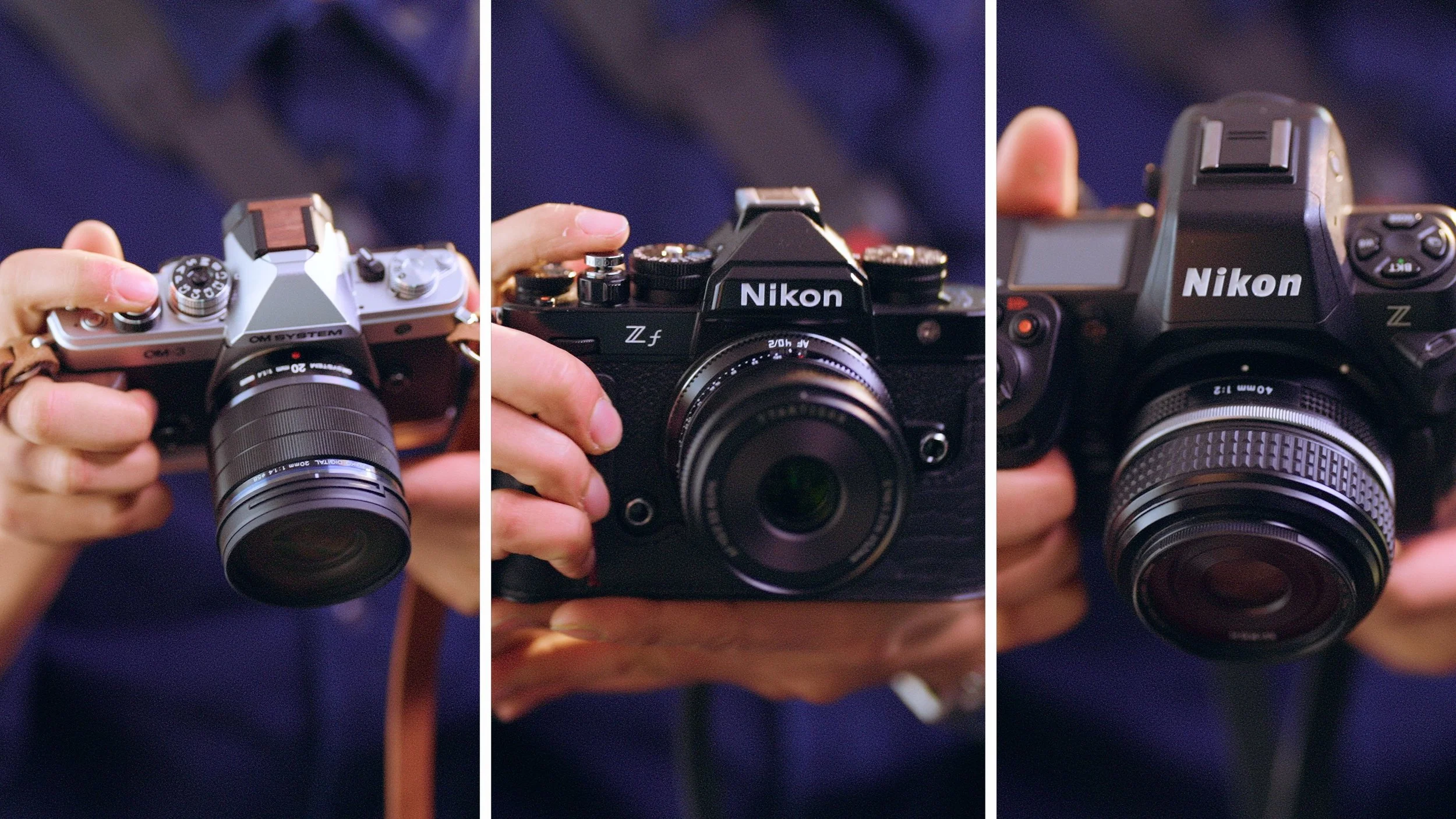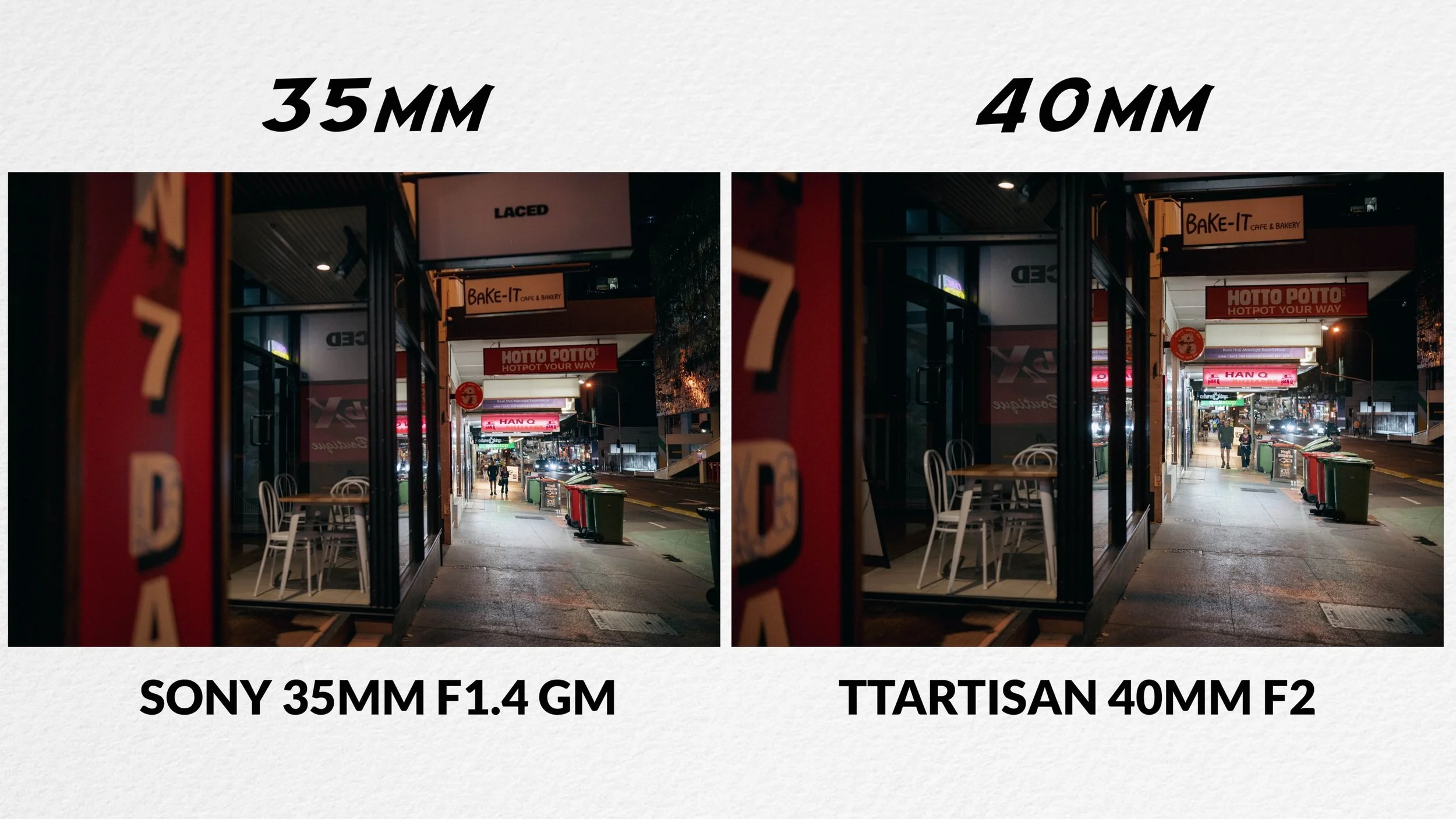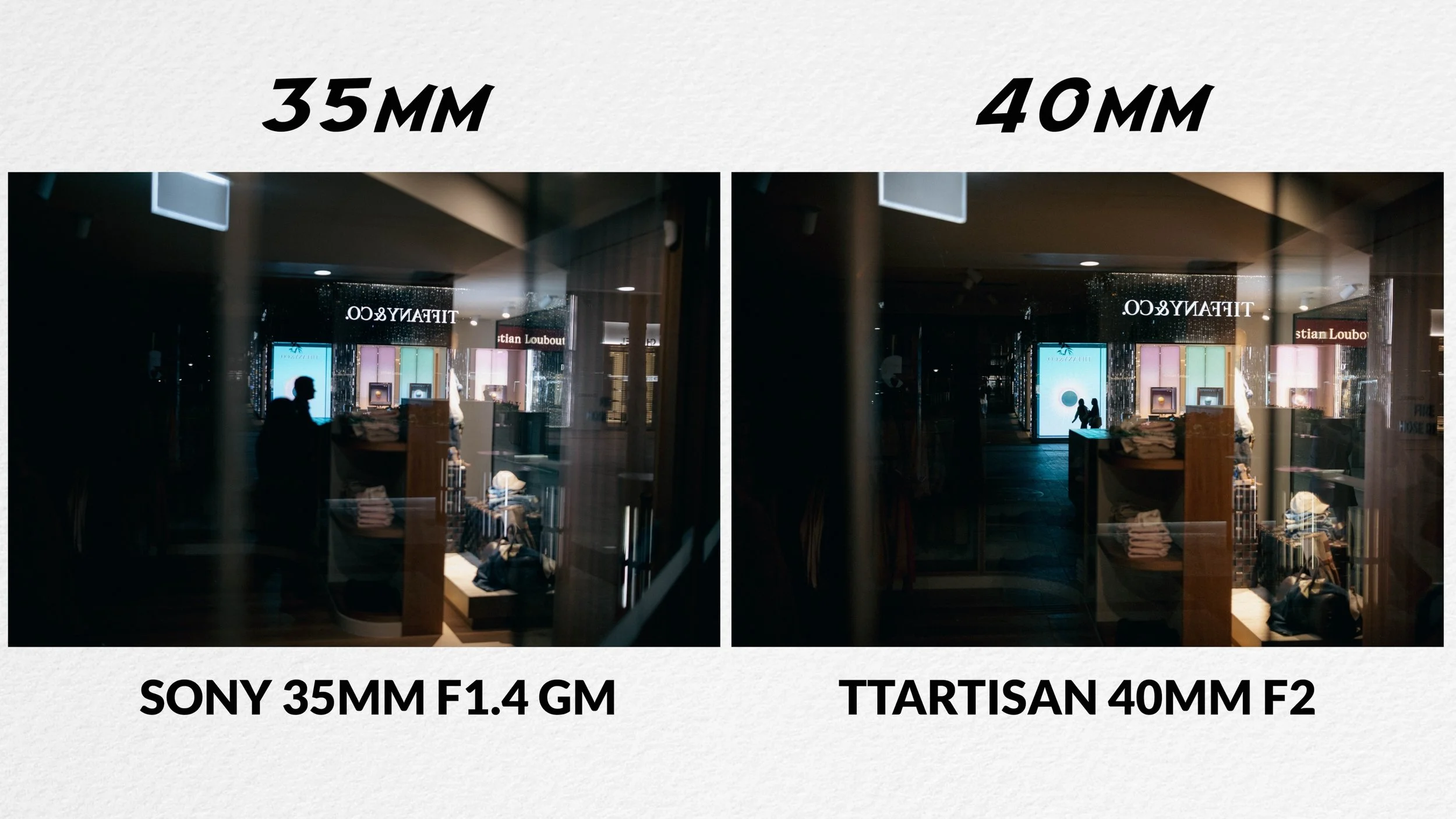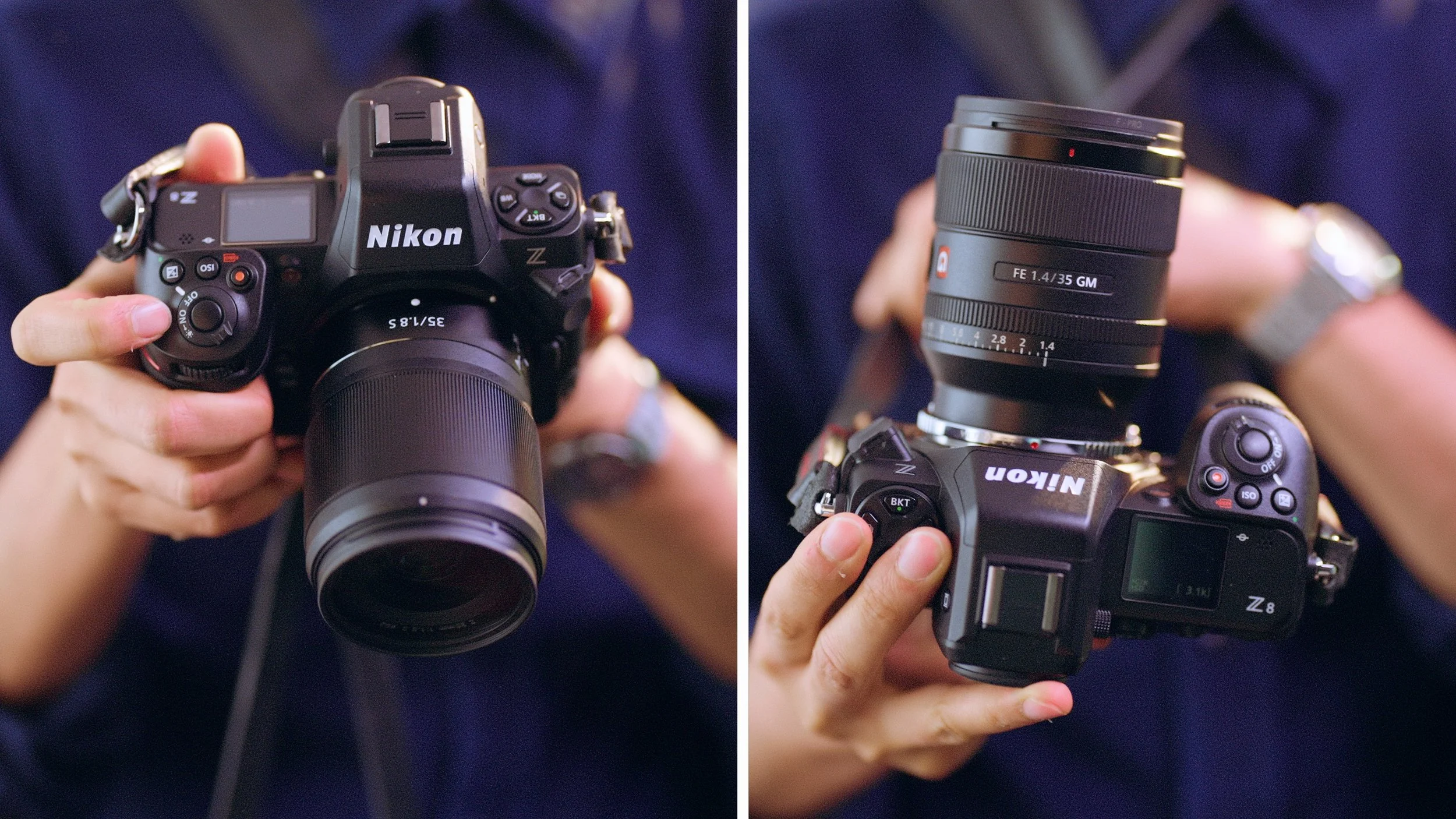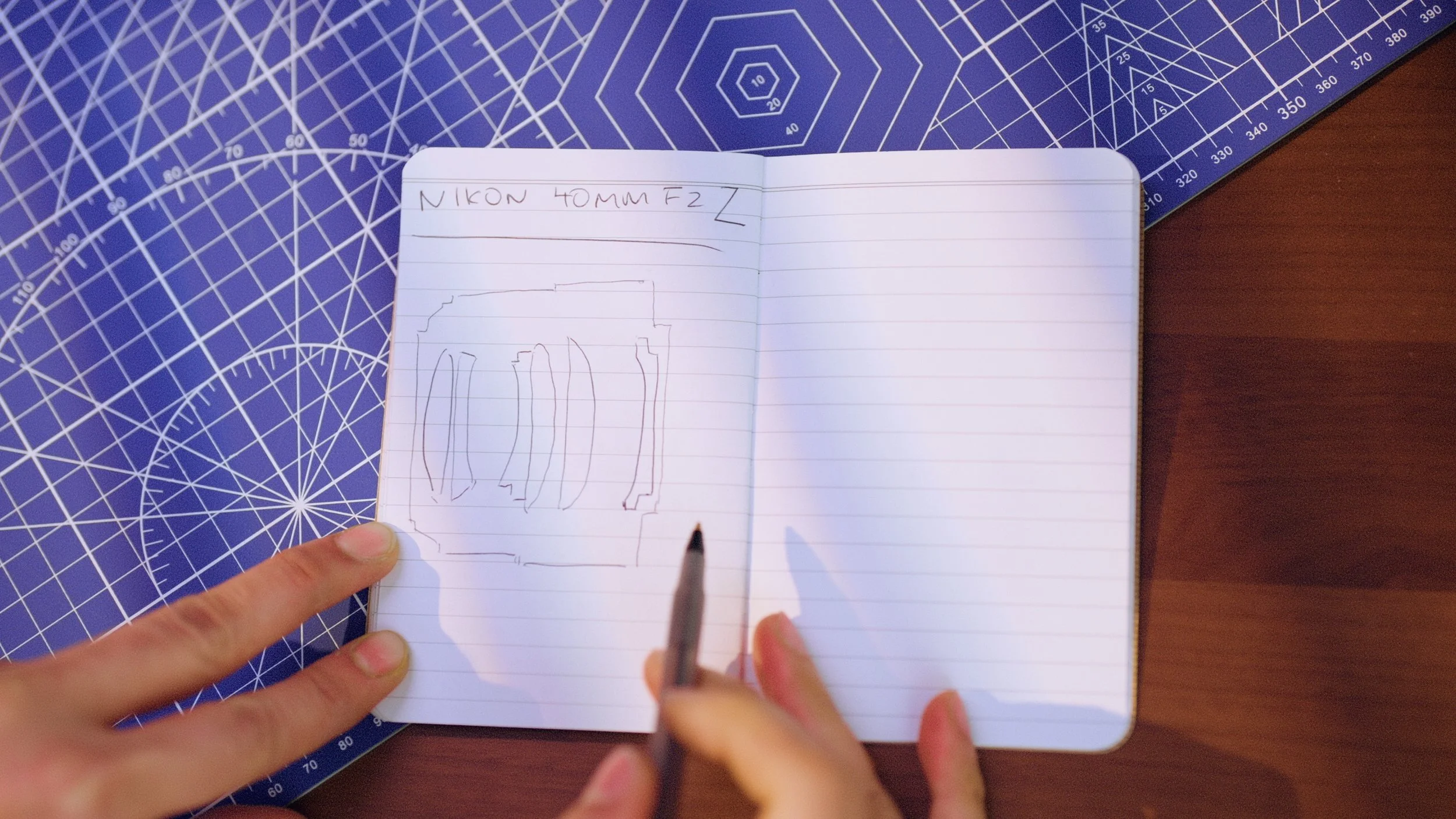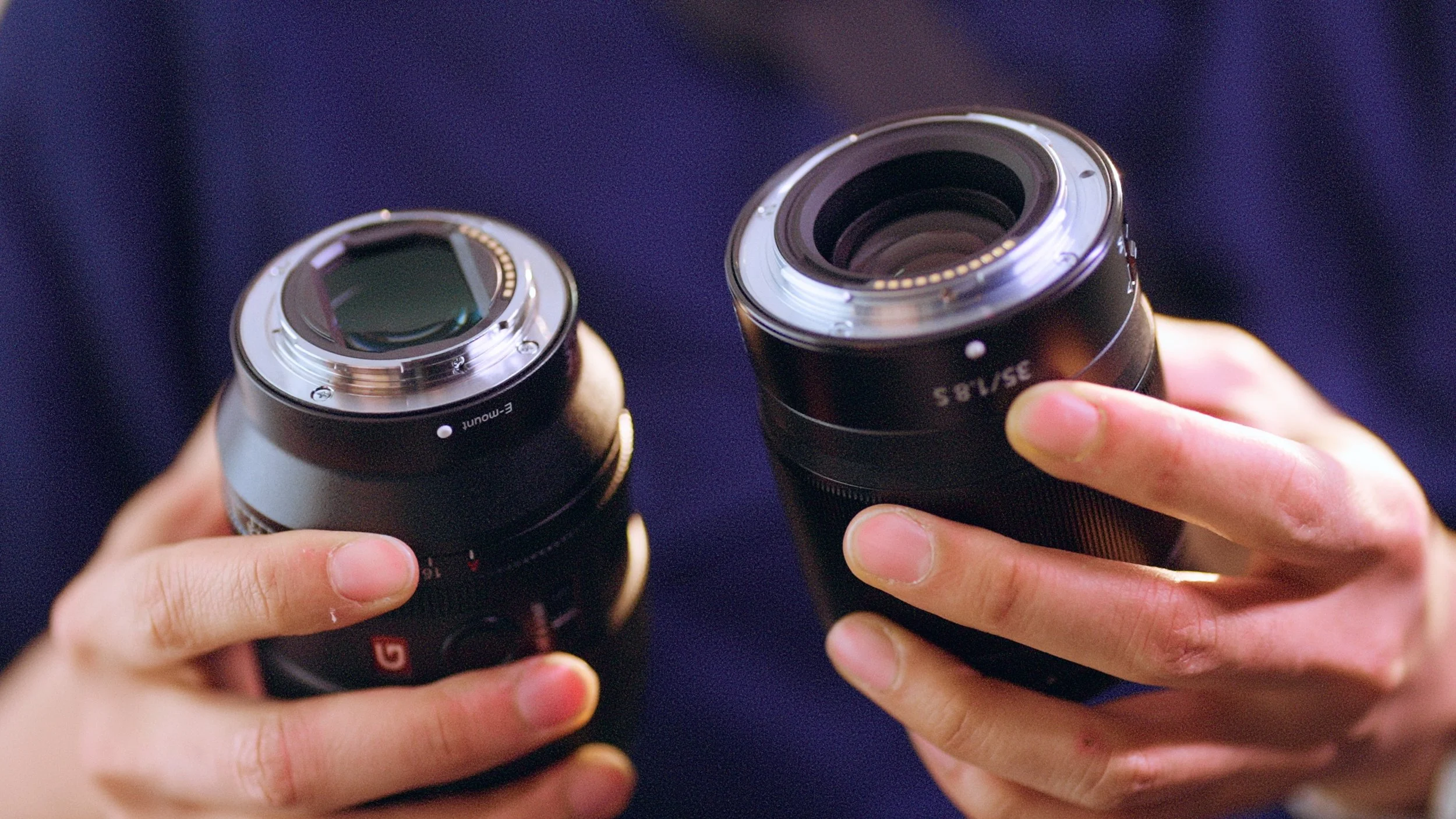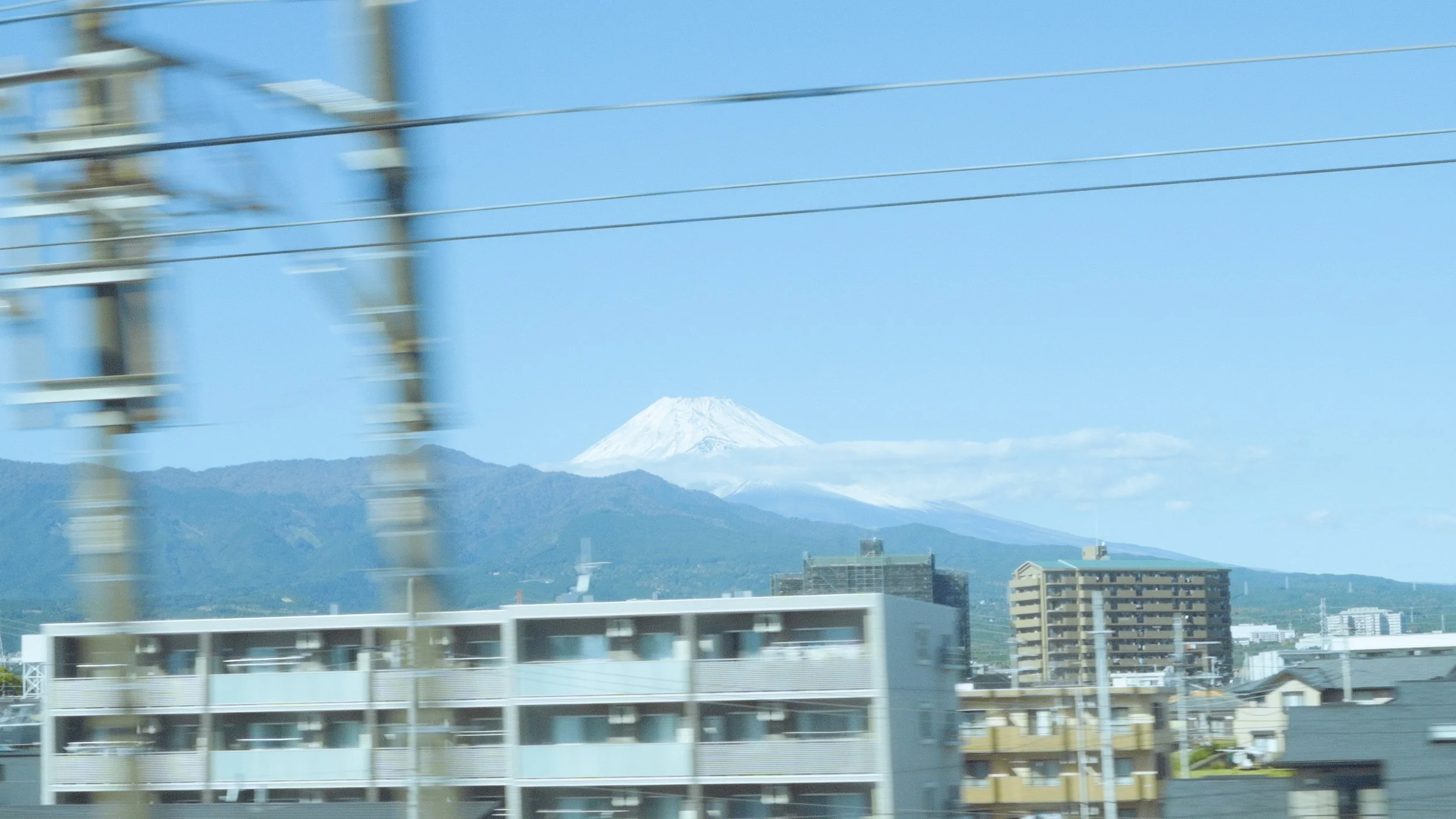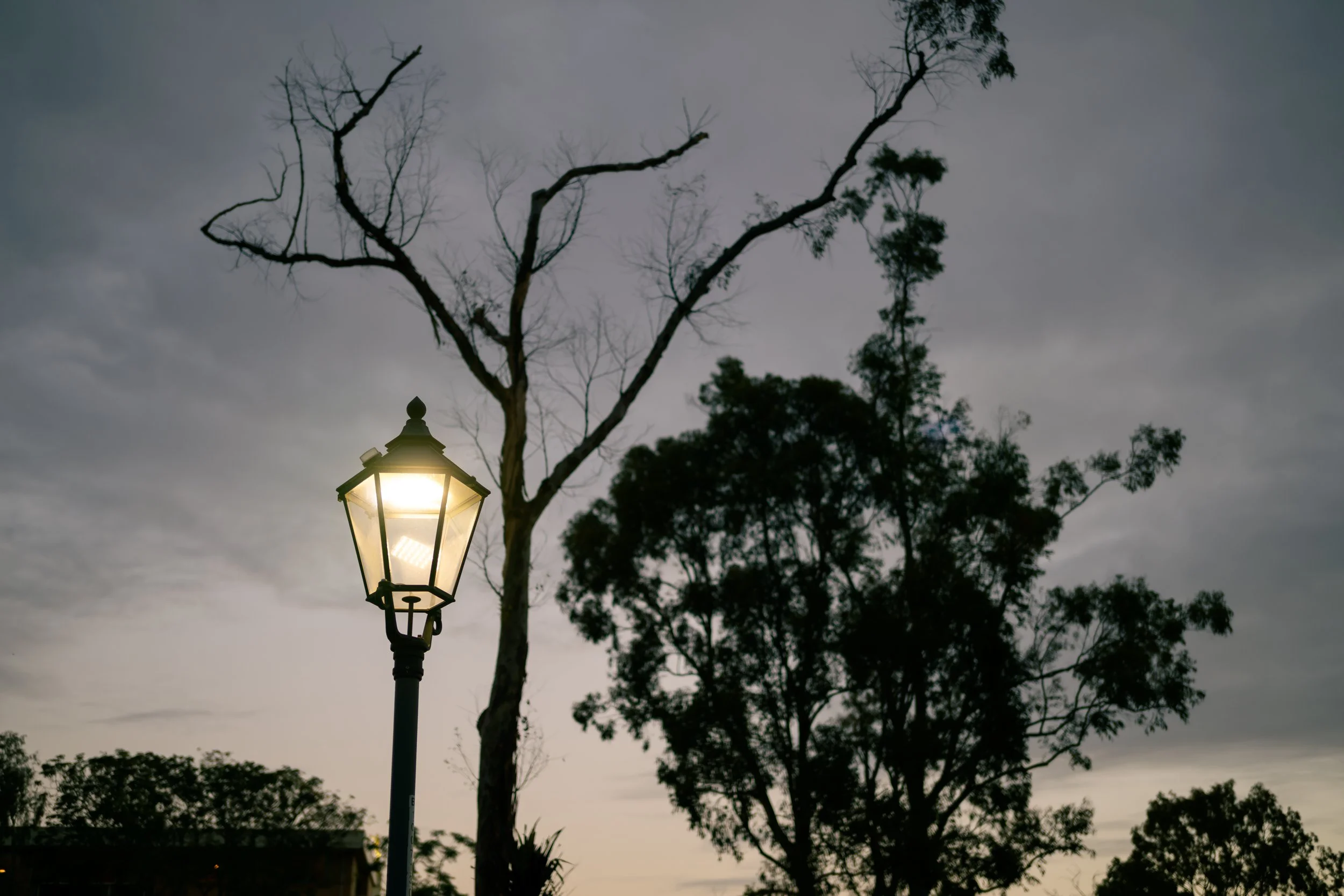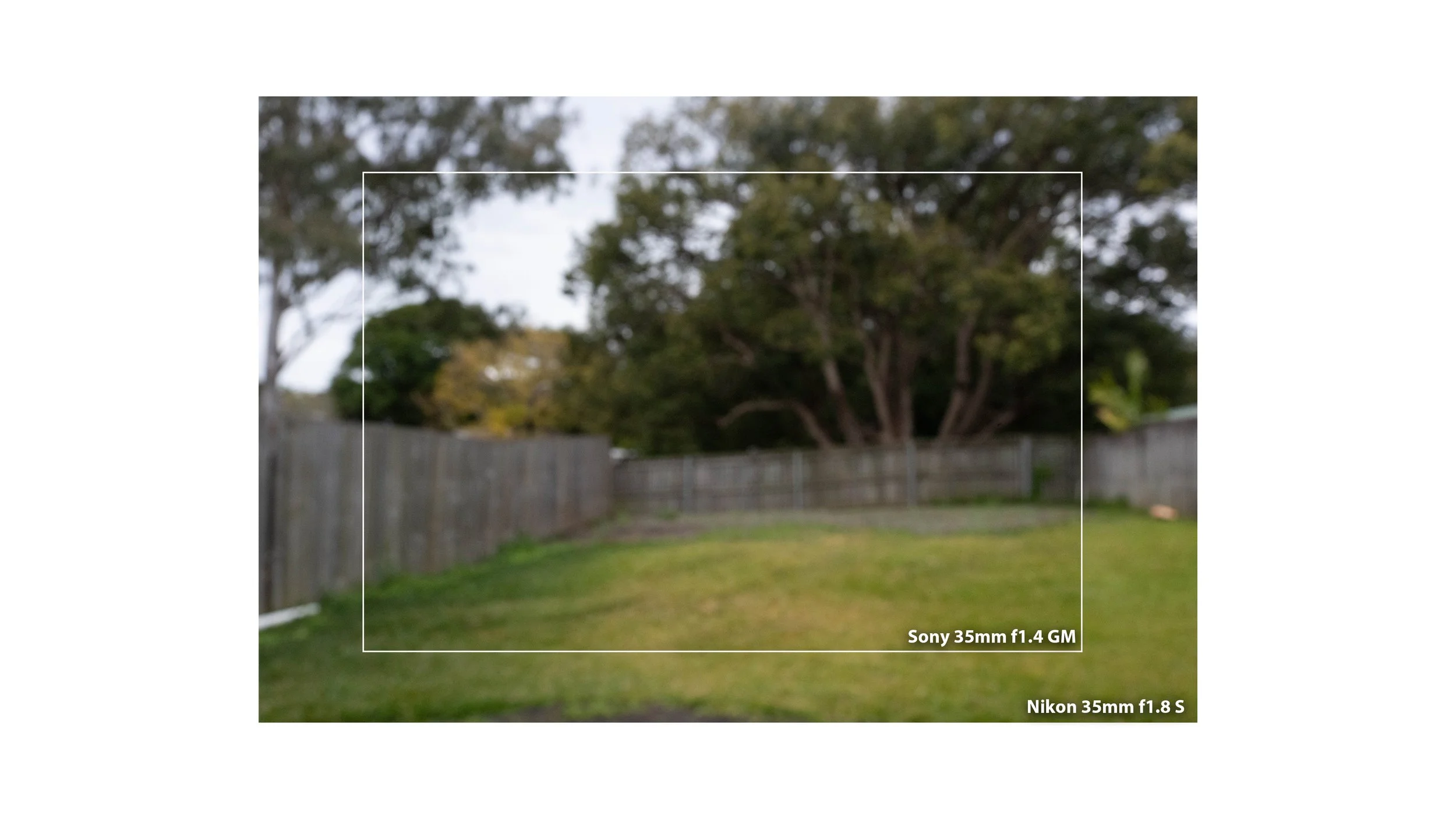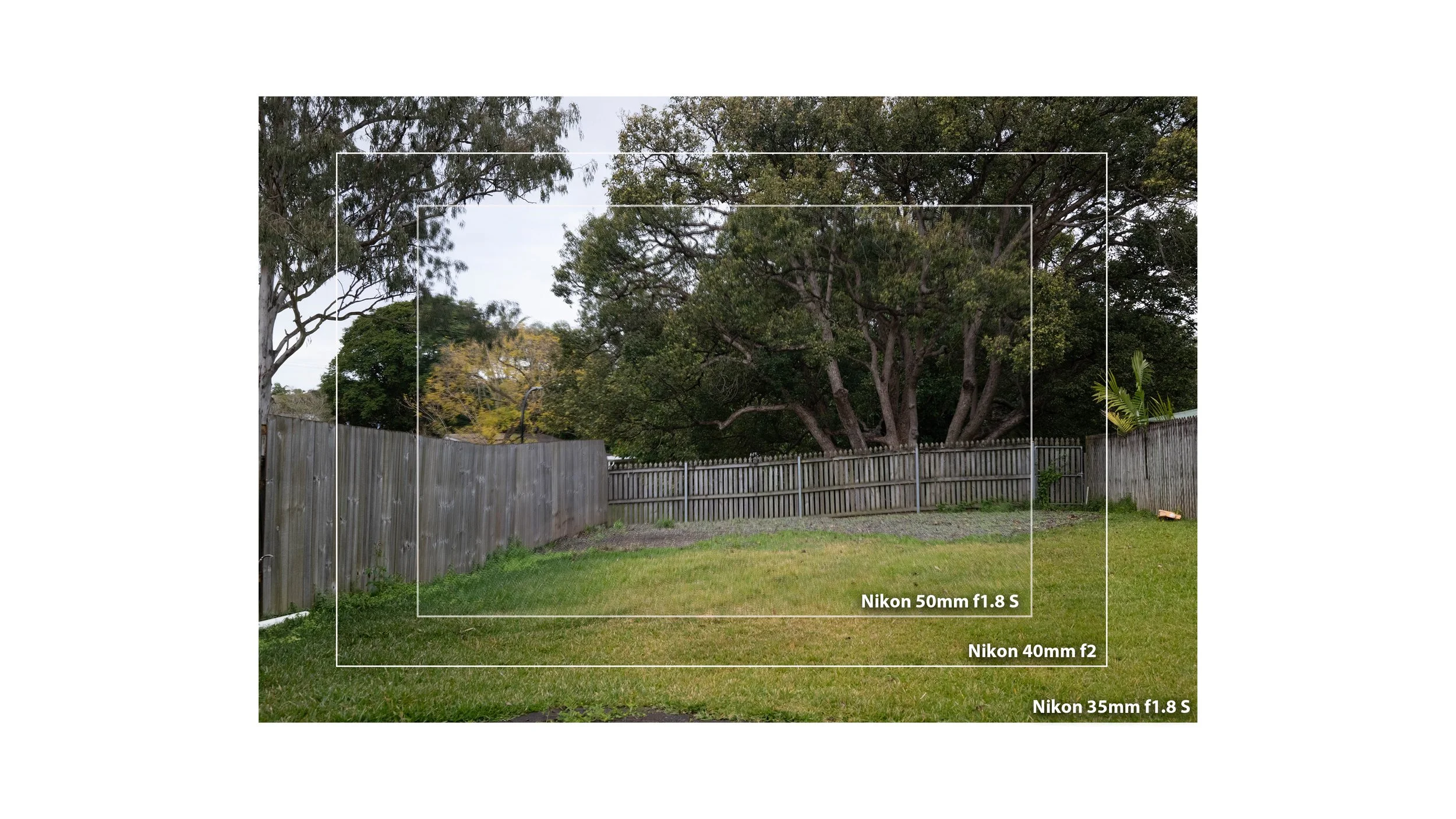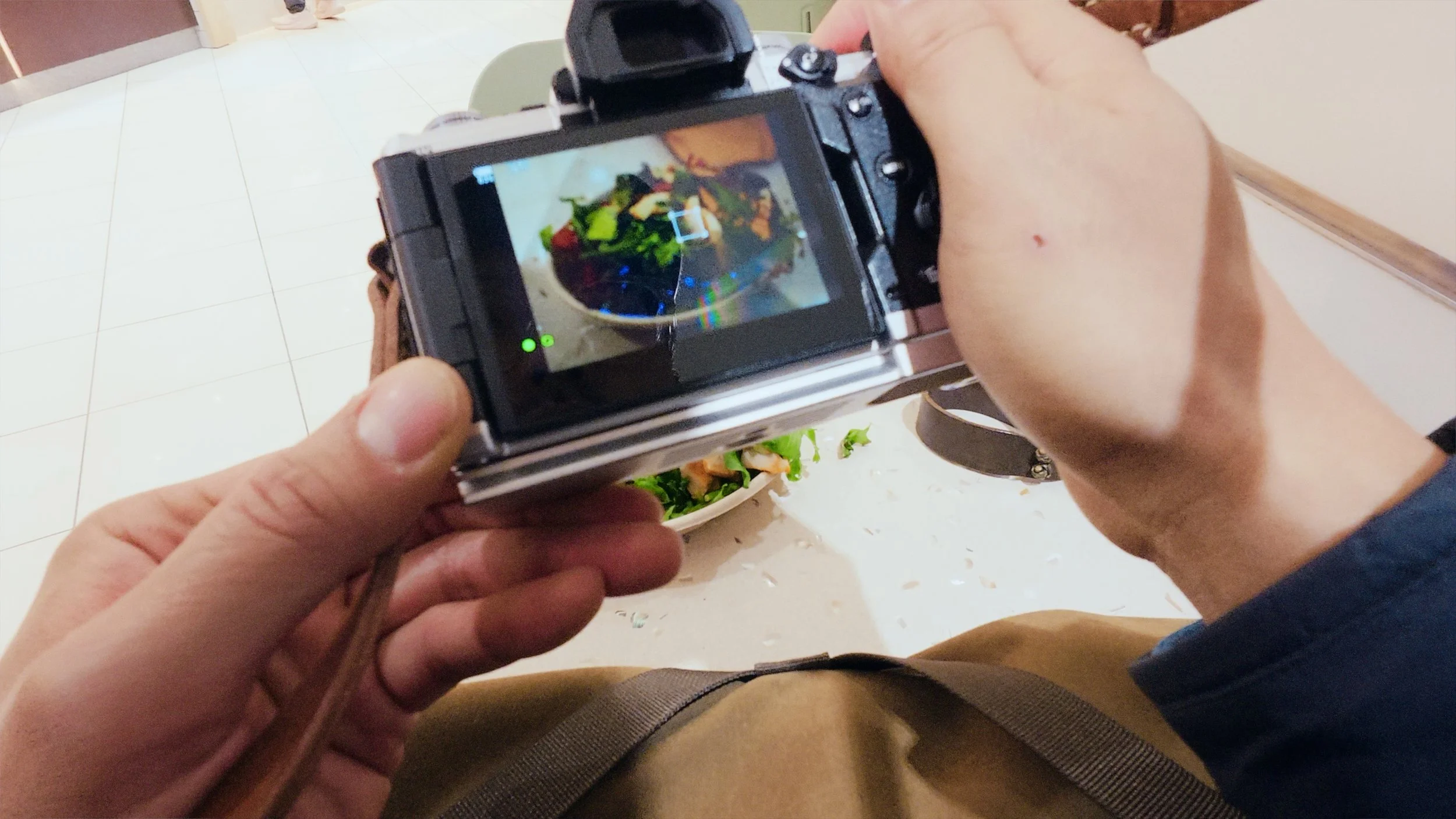I Obsessed Over the Best Travel Lens: 35 or 40mm?
Why are so many 35s bigger than 40?
For my last 3 Japan trips I always packed both, so I tested 3 40s against four 35s to figure out why? Turns out one of these 35s shoot like a 40, one of these 40s is closer to a 50. No wonder I couldn’t decide.
Lens design’s about compromise, just like travel, and family.
It’s the weight we’re willing to carry.
I’ve just booked my next Japan trip!
I’m starting the packing prep early, today it’s 35mm vs 40mm, deciding which prime works best in the 5 most common travel settings.
This does includes landscapes which I know nothing about - I’m finally visiting Mt Fuji, so I called my friend Sam Bugas - one of the best landscape and adventure photographers I know.
But the first things first:
1. When You First Land
After a late-night hotel check-in? A few snaps and a bite to eat. This is TTArtisan’s 40mm f2 on the Zf, vs Sony’s 35 G-master on the Z8 with a Viltrox autofocus adapter. The difference is subtle, none of these images were cropped, every shot I wanted to take on a 35 I could also get on the 40.
Which do I prefer? A wider lens is better for layering, finding extra elements to add to your scene is a great way to get to know your new home base even though this 35 isn’t that wide. It actually looks close to the 40, more on why later, but it is too big.
Do I really need the brighter f1.4 for travel? Even at night, My Nikon 35mm f1.8 S works perfectly fine. There’s less separation, than the G master, interesting that it looks a little wider - but on the first night to get to know the neighbourhood I want more things in focus.
Compared to 40, the 35 1.8S is more cumbersome, not quite the perfect travel size.
***
My first time back to Japan after becoming a Dad? A solo work trip to Kyoto.
Leaving my daily dad duties behind for the first time in a long time, I had much less to carry. So when it came to 35 vs 40 I chose the heavier 35 - who knows when I’d make it back?
Even though it let me capture more of these scenes.
Without family? Every moment felt stolen.
A little empty.
***
2. Figuring out the Commute
It’s Day 2, ramping up to venture out into the city, finding the right buses and trains to catch.
Commuting is the perfect opportunity for street photography, and this time it’s closer to a fair fight. I have a much smaller 35 - the 35 f2 AFD on my Nikon DF, and for the 40 the comparatively big 20mm 1.4 pro on the OM3. If your street photography is a bit removed from the action, commuters on the other side of the street - the 40 is better. It’s a little easier to arrange the figures in the distance when they’re bigger on your screen.
I’m looking for harsh shadows and how skyscrapers bend the light for us to interact with. What about shooting from the hip? The 35 still works, I just had to adjust the working distance, but for this style of shooting I think 40 is too tight? Well maybe not this OM20, I remember Nikon’s 40 being too tight.
Is 35mm the more natural perspective?
When it comes to form factor this is definitely not the smallest 40 for the OM3. The 20mm 1.7 pancake would have been a smaller combo, but this was a test if I only like 40 because it’s convenient? The 20mm f1.4 is not that big or heavy, but it changed my typical experience shooting 40. Is a tiny bit more inconvenience all it takes? Maybe what I wanted all along was a lighter 35, for example the 35mm f2 AFD is tiny, even on a full frame DSLR.
So why are so many 35mm lenses bigger than 40mm?
Lens designers love lenses that sit close to the sensor, and it doesn’t get much closer than a 40. Full frame sensors measure 43ish millimetres diagonally, so on 40 mil there’s less distance for light to travel, a distortion free image circle, a simple optical formula with fewer elements will suffice.
You can see this on the Nikon 40, just 6 elements in 4 groups, including a rear element that sits flush all the way on the back of the lens. Nikon’s 35 in contrast has 11 elements, and its rear element is recessed far inside the back of the lens. It needs more room and glass than the 40 to widen the view, correct distortion.
So how did Sony’s 35mm f1.4 GM close the distance?
3. Tourist Trap Landmarks
The most famous and most crowded locations at your destination.
In Japan it tends to be temples and shrines but I’m using this ferris wheel (my hometown is boring, I get it) as a stand in for scale.
I’ve also scaled down the size of the 35 - this is the 17mm 1.8 on the OM3 vs the TTartisan 40mm f2 on the Zf. These two setups are surprisingly not that different in size - the full frame Zf is heavier, but this is as close as I got in making 35 and 40 feel similar in handling. The 35 can fit the whole view in frame, whereas on the 40 I have to take 1 or 2 steps back, but it’s not a bad thing? The 40 forced me to be a bit more creative, focusing on a specific part of the monument here, a bit of foreground texture there.
For some of you this will be too tight, both the lens and the feeling at these tourist-trap sites - you’ll want more peace and quiet.
***
On my second Japan trip as a Dad?
We stayed altogether in the heart of Tokyo.
Prams and diapers made packing light that much harder.
So the 40 was the daily choice instead of 35.
But 40mm wasn’t wide enough for family shots in tiny cafes.
Not tight enough to catch the action further away.
Was I always missing out on something?
***
4. Landscapes
I’ve only ever seen Mt Fuji from a distance, via the Shinkansen speeding from Tokyo to Kyoto - for my next trip I’ll finally be up close. We’re staying in the Fuji Lakes district, I have the chance if I want it for a serious shot. Should I go 40mm, 35mm, or wider?
From my discussion with Sam I learnt 3 things:
Landscape and Adventure photography is a combination of fast reactions and slow-paced anticipation;
Mixing 2 photographic genres helps us get better at both;
He avoids changing lenses out in the field as often as possible, relying on a 17-28mm most of the time.
Sam’s photos look amazing at 17mm, but I won’t get enough use out of a 17-28. How good his work looks at 35 makes me more confident I don’t need something wider, I might even prefer the storytelling of something tighter? After our chat I took the Nikon 40mm out to shoot an night-time cityscape, on the Z8 I could go into crop mode to get closer to a 65, and even though these shots aren’t amazing, it’s a starting point.
Back in my comfort zone, here’s the Sony 35 G-master at night - then I noticed it again - how close this 35 is to 40?
Up close the Sony 35mm f1.4 GM looks tighter than 40mm!
Out of all these lenses, Nikon’s 35mm 1.8S is the widest - Z lenses have minimal focus breathing - the frame size looks similar up close and at infinity. At infinity the 35 GMaster is about the same frame, but up close? Almost an 1.5x crop.
Both lenses stopped down to f16, at their minimum focus distance
Even with all the autofocus motors and 14 elements this might be how Sony kept this fast 35 relatively small. They could even push the rear glass element so close to the sensor, this 35’s closer to a 40, 45mm up close. The TTArtisan 40 - like most 40s, is a lot smaller than 35, yet its field of view is closer to Nikon’s 35 1.8 S than the 50 1.8S - it even gets wider the closer you focus. A 40 mil lens should be closer to a 35 than a 50, but Nikon’s 40 is right in the middle. Half step tighter than the TTArtisan 40 too.
Infinity
Minimum Focus Distance
Nikon’s 40mm is right between the 35 and 50mm field of view. Mathematically it isn’t closer to 35mm it seems.
Is this is why I felt the need to pack both 35 and 40? They do provide a distinct enough shooting experience, but the size of this 35 puts people off, especially for the last travel use case:
5. Food and Family
Want a photo of your once-in-a-lifetime meal?
This salad isn’t it, but I had to stand up to get the right framing on the 40 - whereas I could sit down to take it on a 35. The most popular Japanese restaurants tend to be the most cramped - there’s no chance the Nikon 40 (given that it’s closer to 50 than most 40s) is wide enough to get a family shot without making a scene.
***
That was my experience on my third and most recent Japan trip as a Dad.
Even as we travelled all over the country in the middle of winter
The heavier 35 1.8S was my default.
It’s more versatile in more travel settings than the 40, and it all clicked once I chose family.
My daughter’s now fallen in love with Japan, just like me.
Her travel dreams are the weight I’m willing to carry.
***
6. Lens Alternatives?
If you’re still split between 35 and 40 - here are a couple of travel alternatives.
I have tried Tamron’s fantastic 20-40mm f2.8, but I didn’t keep it because I always used it at 35 or 40, and it doesn’t have internal zoom. Sam’s pick of the Nikon 17-28mm f2.8 does have internal zoom (as does the new 24-70 f2.8 Z Mark ii) - I think that might be the pick if you want something wider.
But I’m sadly not a Zoom shooter, versatility in a Zoom range is the death knell for whatever my flawed shooting process is currently. It would make packing a whole lot easier though.
Happy shooting everyone, talk soon.
Jack.
If you’d like to support my work please consider purchasing gear through my affiliate links. To make this post and the associated video I tested out a preproduction version of Wotancraft’s 13L EasyRider Lightning V2 (https://geni.us/eU8Lj). It’s bigger than my normal sling bag because of how many lenses I tested:
35mm (or equivalent):
OM 17mm 1.8 ii: https://geni.us/dKGUpZ
Nikon 35mm f1.8 S: https://geni.us/HYuWa
Sony 35mm f1.4 GM: https://geni.us/E0BOl
Nikon 35mm f2 AFD (vintage).
40mm (or equivalent):
TTArtisan 40mm f2 (E/Z mount): https://geni.us/5WWDz
Nikon 40mm f2 Z: https://geni.us/0AAhXJ
OM 20mm f1.4 Pro: https://geni.us/Tn8DD


